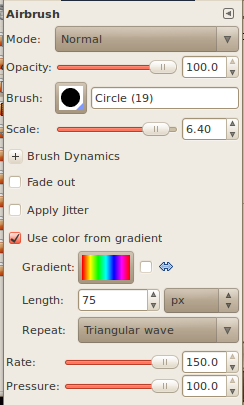

In order to shade the extruded portion, CorelDRAW creates quite well-defined bands of color, about which you can do nothing.Īlso, the light source affects the original object from which the extrusion was formed, in this case, the color is darkened since the light source, to provide the proper shading, does not fall fully on the front face.

There are a couple of undesirable things happening, as a result. Cylinder shaded with linear gradientįigure 2 shows the same extruded cylinder as Figure 3, however, in Figure 2, the shading and lighting functions of the Extrude roll-up were used. Now, it is true that, when doing extrusions, you could use the shading and lighting functions of the Extrude roll-up, but there are some severe side effects.įigure 3. Convergence factor precludes use of linear gradients No matter what angle is chosen, at least one outer edge is not going to match the angle of the gradient (see Figure 1).įigure 1. The use of a normal fountain fill must be one or the other of the two angles, or an average of the two.

Since extrusion faces have vanishing points, the two outer edges, if extended far enough, converge, and so, cannot possibly be the same angle. Gradients (fountain fills) can only have a single angle There are two major problems, obstacles to be surmounted, when you need gradients that change angle and/or have a shape that is not square. This article is about creating gradients that change angle one or more times, such as a gradient on a curved face of an extrusion, and creating gradients over whose range of color you have complete control. Canfield Studios - Articles: Gradients on a Path with CorelDRAW


 0 kommentar(er)
0 kommentar(er)
